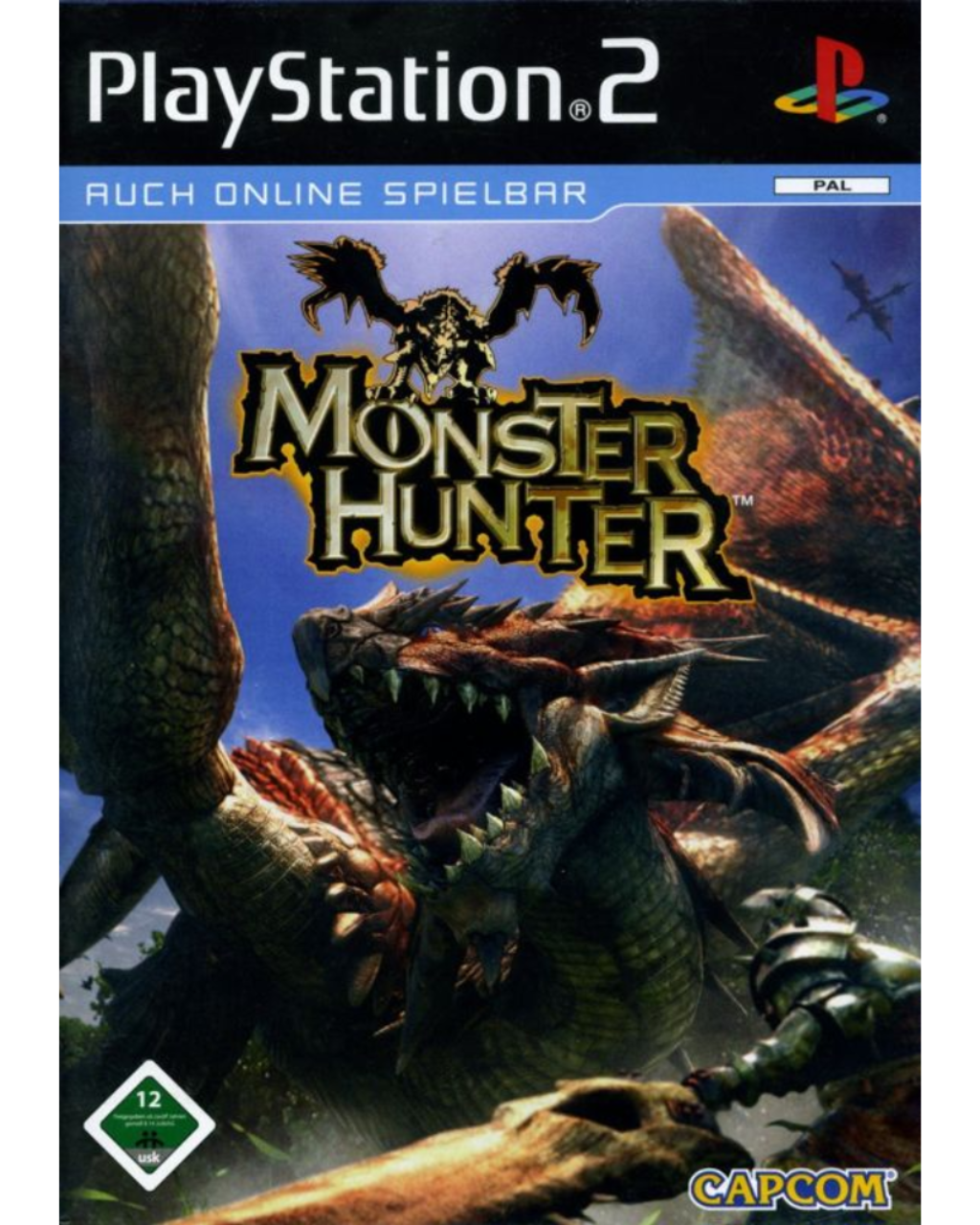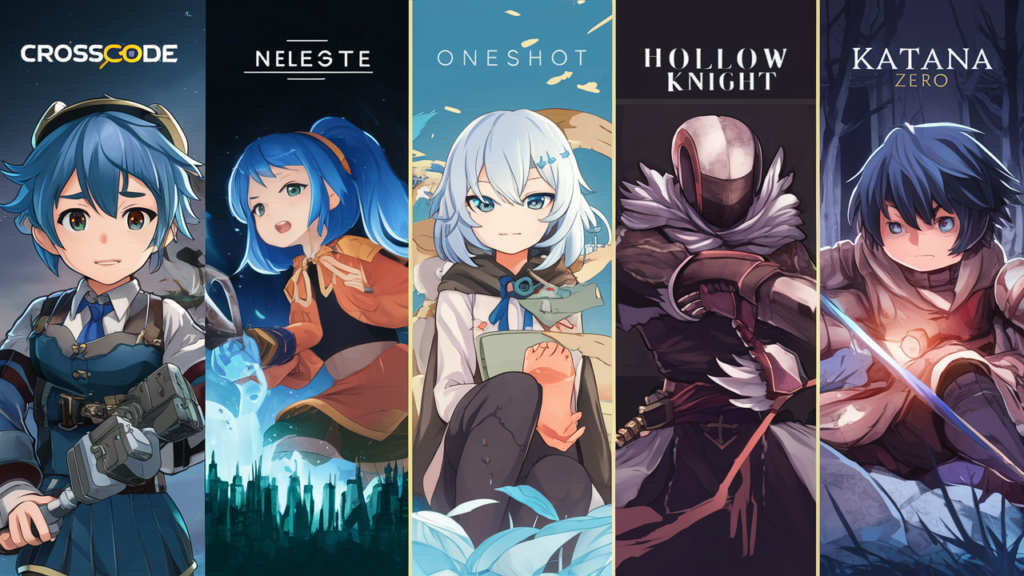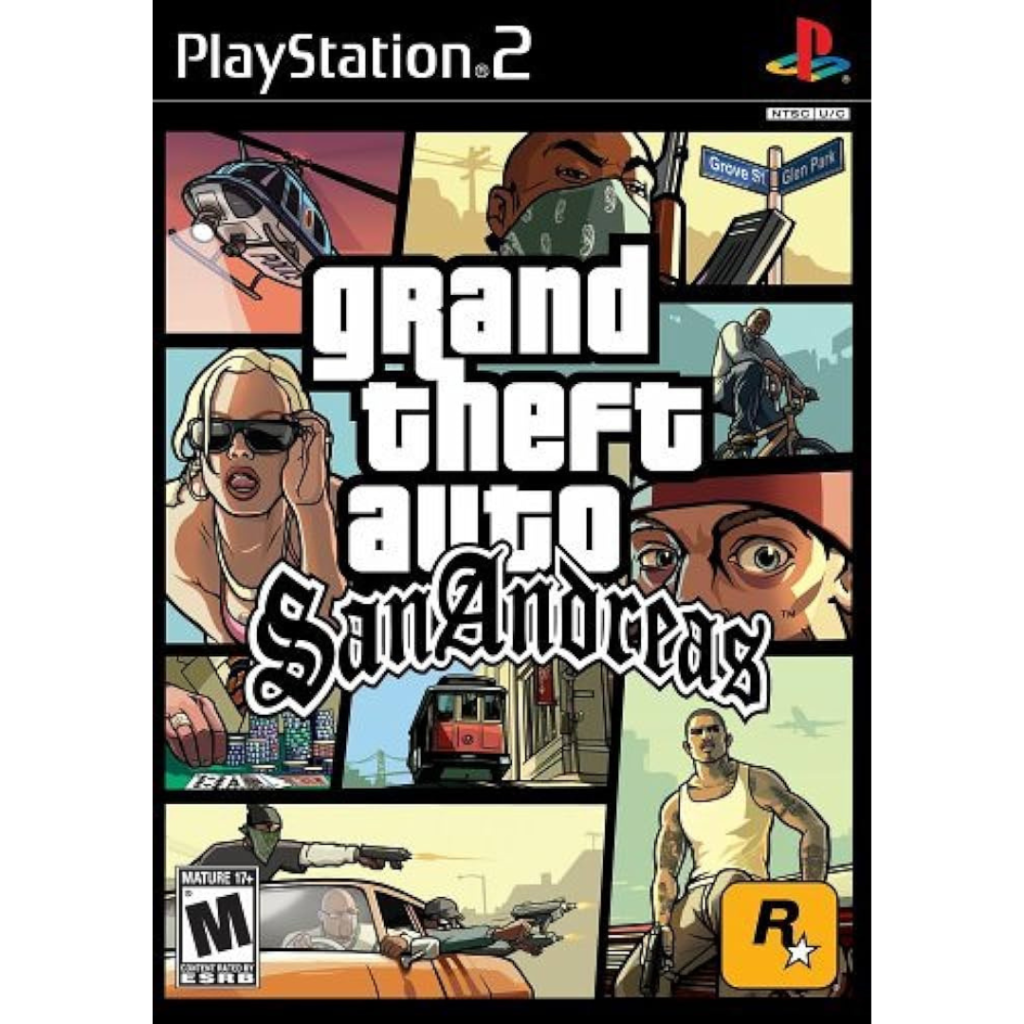
Long before Monster Hunter became a global phenomenon, its humble beginnings on the PlayStation 2 laid the foundation for one of gaming’s most immersive and rewarding franchises. Released in 2004, Monster Hunter introduced players to a world of towering beasts, meticulous preparation, and adrenaline pumping combat. While rough around the edges compared to modern entries, the original Monster Hunter remains a fascinating relic one that hardcore fans should revisit to appreciate how far the series has come.
The Premise: Hunt or Be Hunted
You play as a rookie hunter tasked with protecting a remote village from ferocious monsters. Unlike modern RPGs with cinematic storytelling, Monster Hunter drops you into its world with minimal hand holding. The focus? Survival. Every hunt is a test of patience, skill, and preparation whether you’re tracking a speedy Yian Kut-Ku or facing the earth shaking Lao-Shan Lung.
The core loop is timeless:
Gather resources (herbs, ores, bones) to craft gear.
Study monster patterns—attacking blindly gets you killed.
Execute the hunt with methodical combat.
However, the PS2 original shows its age:
✔ Pro: The weighty, deliberate combat feels satisfying once mastered.
❌ Con: Awkward controls (especially with the right analog stick for attacks!) and sluggish movement take getting used to.
✔ Pro: Local multiplayer via LAN was revolutionary at the time.
Graphics & Atmosphere: A Rustic Charm
For 2004, Monster Hunter’s visuals were impressive, with detailed monsters and lush environments that brought its untamed world to life. The art style a mix of realism and fantasy still holds up today, with creature designs like the Rathalos and Gravios exuding a tangible sense of weight and ferocity.
The environments, from dense jungles to sun baked deserts, felt vast and immersive for the time, even if draw distances and texture resolution show their age now. Animations, while dated by modern standards, had a deliberate, almost cinematic quality watching a monster limp away when near death or roar before an attack added to the tension.
The soundtrack remains one of the game’s strongest aspects, elevating every moment. Serene village themes like “Pokke Village” contrasted with the adrenaline pumping battle music, which shifted dynamically as monsters became enraged. These compositions, paired with the ambient sounds of nature (or the ominous silence before a monster’s ambush), created an atmosphere that few games of its era could match.
Legacy: The Foundation of a Genre
This game didn’t just create a franchise it pioneered the entire “hunting action” genre. Its DNA can be seen in successors like Toukiden’s mythical beasts, God Eater’s faster-paced combat, and even Western titles like Dauntless.
More than just gameplay, Monster Hunter established a philosophy: victory isn’t about reflexes alone, but preparation, observation, and adaptation.
The risk reward loop where every hunt demands studying tells, managing stamina, and choosing the right gear became a blueprint for games that reward mastery over mindless aggression. Even small details, like weapon sharpness, hot or cold drinks affecting survival, influenced how RPGs approach immersion.
While later entries polished the formula, the PS2 original proved that a niche, hardcore experience could evolve into a global phenomenon. Its legacy isn’t just in Capcom’s sequels, but in every game that asks players to learn their prey rather than simply attack it.
Finale Verdict: A Cult Classic Worth Revisiting
Rating: ★★★☆☆ (3.5/5) – Flawed but groundbreaking.
While later entries refined the formula, the PS2 original is a fascinating time capsule. Best for:
Series veterans curious about its roots.
Patient gamers who enjoy slow-burn challenges.
Skip if: You prefer World or Rise’s QoL improvements.
Monster Hunter (PS2) is like a fossil. Bit rough, but proof of something extraordinary evolving.


